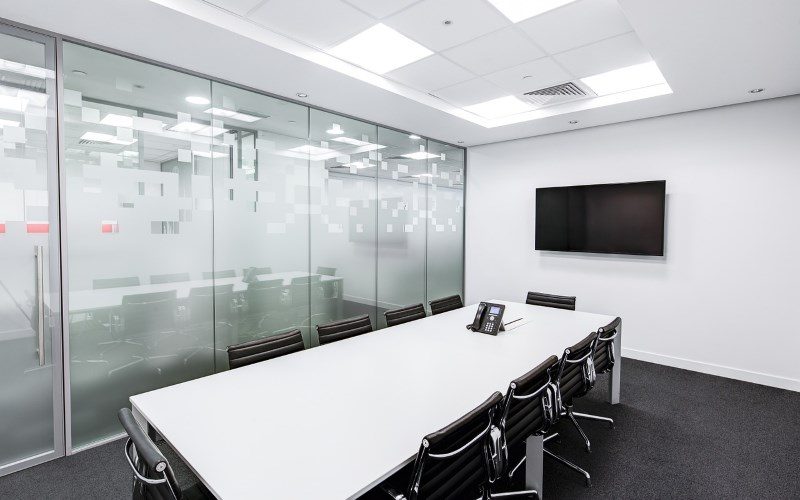
In most organization, the word “meeting” is often seen as a four-letter word. People do not enjoy them simply because they can be unproductive. This changes when people can meet from the comfort of their own offices, from the convenience of their own computers.
Setting up meeting infrastructure can be challenging unless you have something useful like engage coworking software. With prepackaged software, you set the time, open the app, and start the meeting.
Instead of trying to figure everything out from scratch, meeting software opens up opportunities. Meeting apps are no longer on one-size-fits-all platforms. Instead, they offer white label apps that can be customized exactly to your needs. You can establish standards for meeting rooms and take control of who can enter them virtually. The apps can be used on Android and iOS smartphones as well as computers, so you can truly have meeting everywhere and anywhere.
Once you have established your infrastructure, you should establish the rules of the meetings. These are a few steps to consider:
1. Set a time to open and close the meeting.
People appreciate starting on time and ending on time. To be sure that the meeting stays within its time constraints, choose someone to be a timekeeper and give that person the ability to break in when people get off task.
2. Create the agenda and share it before the meeting.
Along with sticking to time standards, people appreciate being able to be prepared for the meeting. If you can send the agenda out early, do it. Your committee will appreciate it. They will be able to find answers to questions before they arrive. And, they can think of questions they might have. Include necessary peripherals and any links that your committee will need so they can fully participate in the meeting.
3. Choose a moderator and a recorder.
This should be established ahead of time. Someone will need to be able to focus on moderating so the group can converse. This person should be able to redirect the group if conversations get off task. They should also be able to close down conversations that are not working. It is helpful to establish moderator guidelines before someone takes on the job. You will also need someone to record the conversation, so you can share it out after the meeting is finished.
4. Close with action items.
Every meeting should close with something either to accomplish or accomplished. If your committee needs to accomplish tasks before the next meeting, everyone should leave the meeting knowing exactly what they need to do. The necessities should be clearly presented, so everyone in the group knows where the results of the action items go.
5. Share minutes.
The recorder should share minutes within 24 hours. This will keep the meeting fresh in everyone’s minds and they will know what action items they need to complete. There is nothing wrong with sharing the minutes in a document that the committee can revise if there is something that they feel should be added.

